The Yogi’s Dharma + the Holy Daze
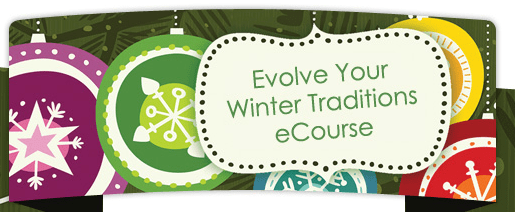
Most western yogis are situated in a crux during the month of December. The more yoga we do … the more aparigraha, a yogic tenet of non-greed, non-attachment, and non-hoarding, takes root. We stop associating the feeling of lack with materials need, and start associating the feeling of lack with disconnect from the Universal.
Our values and worldviews evolve. Our evolution may seem so slow, we don’t really notice we’re changing. We become aware of a bigger, more interconnected world.. a more holistic perspective. The experience of quantity and quality in the stuff we need and the relationships we have come to the forefront. We subtly makes changes – being more aware and upgrading the quality of what we consume and how we connect.
Our old friends and often family members aren’t usually experiencing the same revolution. The sugarcoated & fossil fuel-embedded materialistic extravaganza that dominates post-industrial culture during the month of December repulse our awakened heart. We may even turns the holidays into a survival experience – knowing the cultural wave of sugar-coated consumerism we’re up against.
Our collective opportunity? The core values of connectivity, intimacy and inner depth attract the Yogi into the opportunity to upgrade her holidays and create connectivity over all else. Listen to the podcast interview
The Crux, the Tidal Wave, and the Crossroads
There is a predictable crux faced by the typical yoga student or yoga teacher. Their immediate or extended family is usually at ease with their carbon footprint and white flour/white sugar addiction. Yet, the traditions of our families often aren’t that old. Most post-date World War 2, after which materialism and convenience replace hand-made gifting from the heart. Sugar consumption continues to skyrocket despite evidence of it causing cancer. This is the tidal wave. The crossroads is where we decide to not submit to the tidal wave of consumption culture.. but to shine the light of conscious conversation into the mix.
Check out the tidal wave: We’ll start with food statistics:
From the USDA Agriculture Fact Book from 2000:
- America’s sweet tooth increased 39 percent between 1950–59 and 2000 as use of corn sweeteners octupled.
- Annual average grain consumption was 45 percent higher in 2000 than in the 1970s.
- In 2000, Americans consumed an average 57 pounds more meat than they did annually in the 1950s.
- Americans are eating four times more cheese than in 1950.
Clearly, our families are consuming more in our bodies than ever before. And where is this leading our families?
Opting in to Degenerative disease?
Degenerative diseases are due to wear and tear, and diet and lifestyle. Examples are cancer, heart disease, diabetes, osteoporosis, alzheimer’s – you know – the stuff that runs in your family. Here is a quick refresher from the Center of Disease Control:
- On diabetes: Among U.S. residents aged 65 years and older, 10.9 million, or 26.9% have diabetes.
- On obesity: In 2009–2010, 35.7% of U.S. adults were obese. Since 1980, obesity prevalence among children and adolescents in the US has almost tripled.
- Although improvements are reported in the US cancer burden, excess weight and lack of sufficient physical activity contribute to the increased incidence of many cancers, adversely affect quality of life for cancer survivors, and may worsen prognosis for several cancers. From the American Cancer Society in 2012.
The ludicrous nature of Holiday spending:
Cited from: http://www.gobankingrates.com/debt/statistics-on-holiday-shopping-infographic/#ixzz2CmS6VgfS
- The amount spent on holiday purchases continues to grow year over year.
- In 2011, shoppers are anticipated to have spent an average of $704.18 per person on gifts and seasonal items.
At the risk of drawing absurdly simplistic conclusion, we like to eat and shop, in December more than any other time of year, and it’s causing disease in our bodies.
Not wanting to ask the tough questions to the extended family, the western yogi goes with the flow. Not an agent of progressive holiday evolution, but an agent of Buddha-nature, the modern yogi quietly concocts a green smoothie in the morning, eats her kale salad on the side, and makes a “cocktail” out of mineral water, fresh limes and a drop of stevia extract.
If the yogi is well on the path, she emerges at New Year ready to purge the dwelling of “stuff” and resume, once again, her practices. What a lost opportunity. Once again, the holy daze has passed without the yogi becoming part of the solution. Listen to the podcast interview
As my mom would say, let’s put 2 + 2 together.
The solution is, perhaps, to first ask the question of yourself. Where are you forsaking your deeper values, perhaps the same values revealed on your mat? Make a short list to gain insight. We often don’t give our intrinsic moral (did I just use the word moral?) compass enough presence. Bring your moral, earth-conscious compass onto the forefront. What was out of alignment for you last December?
What was wrong with last year?
- Purchased stuff that you’re morally opposed to (might have included: live Christmas tree, plastic Christmas tree, paraffin candles, plastic stuff, excessive giving to express your desire for connectivity)
- Purchased or prepared food that you’re morally opposed to(might have included: treats with white sugar and white flour; non-organic, non-local meat perhaps purchased in excess for your family)
- Let your practices slip
- Over ate
- Over drank
- Over spent
Now, look what happens when you step up your personal integrity. Upgrade blithe with progressive. Invite those you share presents and food with into the conversation. Once you start the shift, your progressive “new” traditions will gain momentum.
Conversation Starters to Upgrade your Holy Days:
Invite an investigative conversation. (I hosted a conference call with my adult siblings and parental unit). Ask questions such as:
- What do you like best about how we celebrate?
- What is outdated for you about how we celebrate?
- How do you want to feel by New Year’s?
- Are there any foods you want to steer clear of?
- Is there anything you want to eat instead (of what we normally do)?
- Is there anything you want to do instead (of what we normally do)?
- Is there anything you want to exchange instead (of what we normally do)?
- Follow up on the conversation with some specifics (we used email): “this is what we’re doing this year.”
Listen to the podcast interview on how to have these conversations. Forward the interview to the more conscious members of your family and your friends who will “get” it. This will build a momentum. Perhaps, having the shared experience of having heard the podcast will create enough momentum to turn the tide the way you want it to go.
Final advice: be open; be curious; be true to your core insights, and the force will be with you.



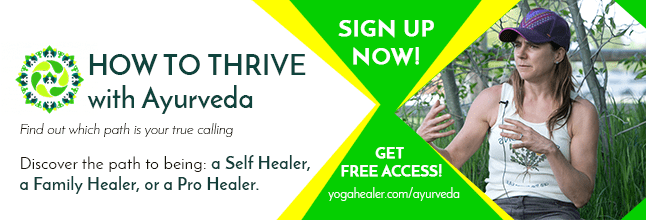
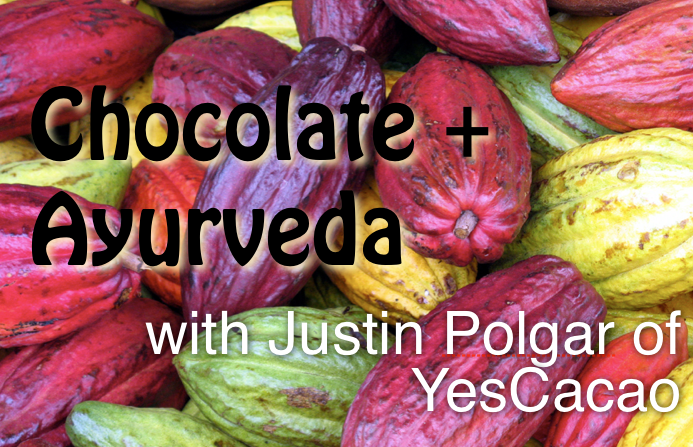
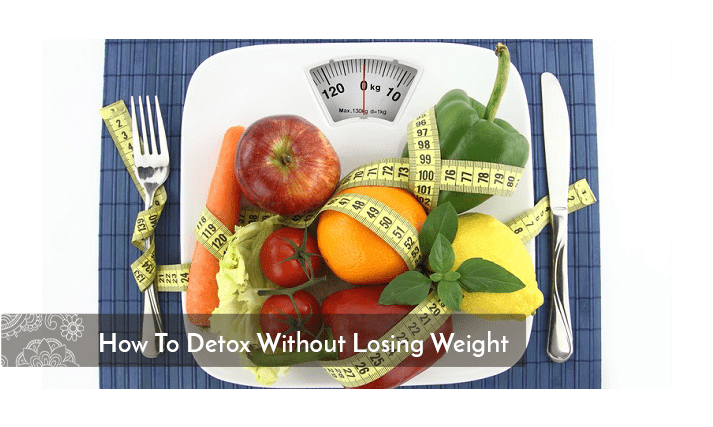


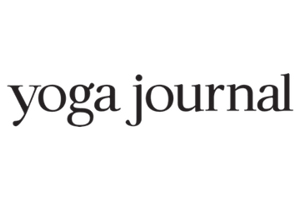
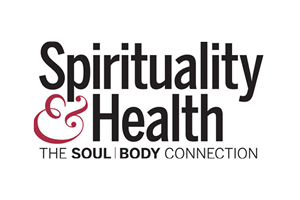
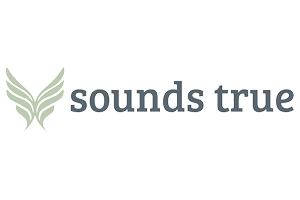
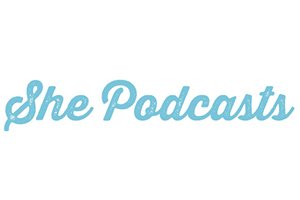


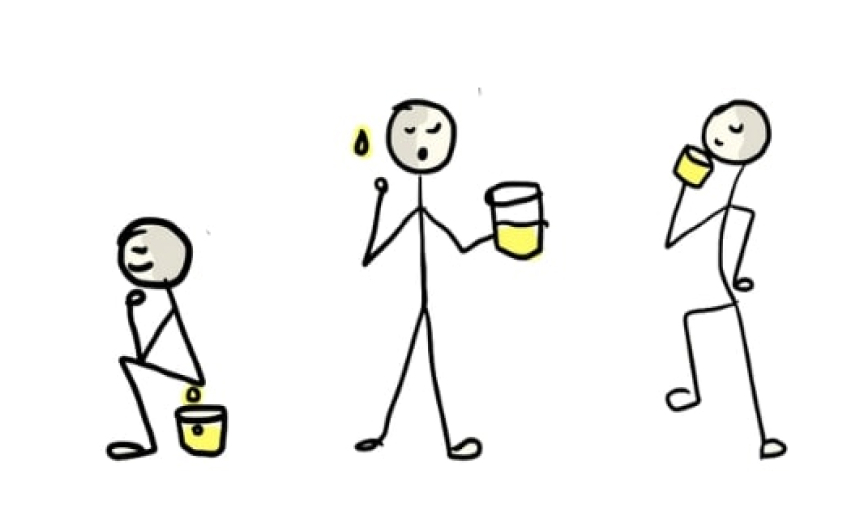
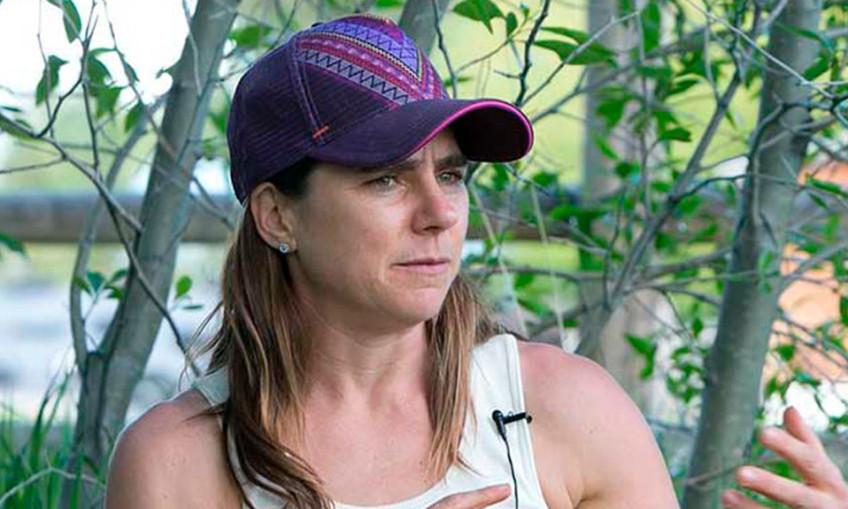
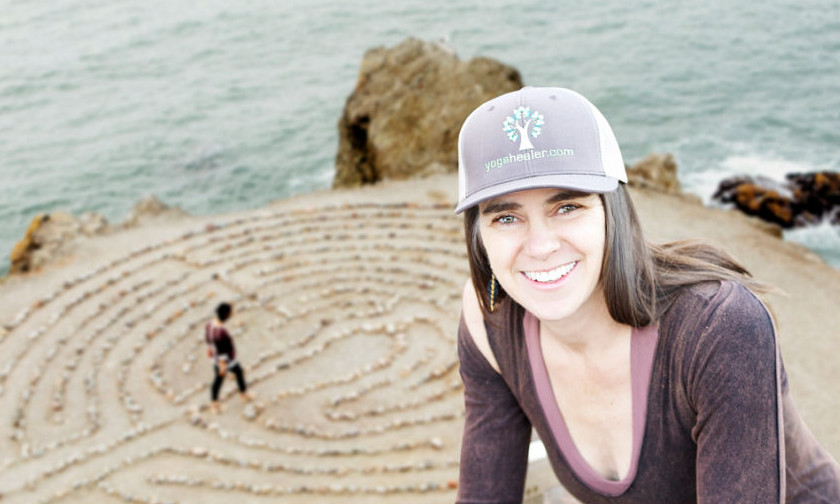
Comments
No comments yet, be the first to comment